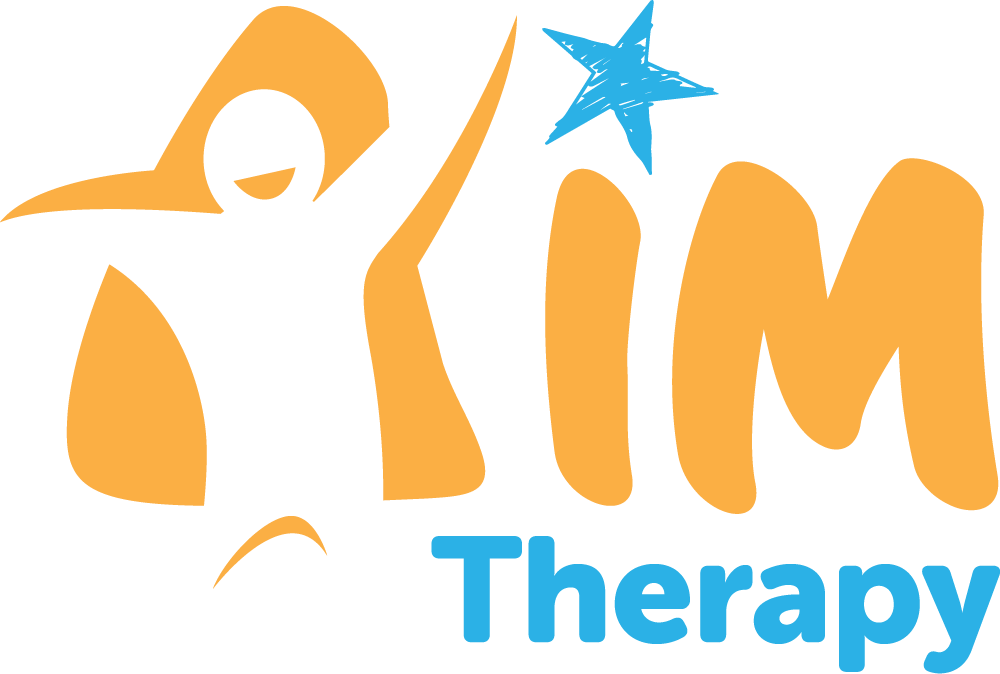Plagiocephaly: Exploring Flat Head Syndrome and the Role of Physiotherapy
Plagiocephaly, commonly known as Flat Head Syndrome, refers to the condition where an infant’s head develops a flat spot or becomes misshapen due to prolonged pressure on one area. This phenomenon often occurs during the first few months of life when a baby’s skull is soft and malleable. Plagiocephaly can lead to asymmetrical facial features and, in more severe cases, affect the child’s development.
Signs of Plagiocephaly
Recognising the signs of plagiocephaly is crucial for early intervention. Common indicators include a flattened or misshapen head, uneven ear alignment, and facial asymmetry. Babies may also show a preference for turning their head to one side, leading to neck muscle tightness. If left unaddressed, plagiocephaly can impact a child’s development and potentially lead to issues such as torticollis, where the neck muscles become tight and limit movement.
Causes of Plagiocephaly
Several factors contribute to the development of plagiocephaly:
- Prolonged Pressure: Constant pressure on one part of an infant’s head, such as during sleep or extended periods in car seats, can result in flat spots.
- Positional Preferences: Babies may develop a preference for turning their head to one side, leading to uneven pressure on the skull.
- Muscle Tightness: Conditions like torticollis, characterised by tight neck muscles, can contribute to plagiocephaly as the baby favors one side over the other.
- Multiple Births: Twins or multiples may experience restricted space in the womb, increasing the likelihood of developing flat head syndrome.
Physiotherapy as an Effective Treatment
While helmet therapy is a common treatment, physiotherapy offers a non-invasive and effective alternative, especially for children with mild to moderate cases of plagiocephaly.
- Gentle Exercises: Physiotherapists design exercises that encourage babies to move their heads in various directions, promoting balanced muscle development and reducing tension in the neck muscles.
- Positioning Techniques: Therapists guide parents on optimal positions for sleep, play, and feeding to minimise pressure on the affected areas, supporting natural skull shaping.
- Parental Involvement: Physiotherapy encourages active participation from parents, fostering a collaborative approach to the child’s care and development.
Understanding plagiocephaly and its causes is essential for early intervention. Physiotherapy emerges as a valuable and non-invasive treatment option, addressing the root causes and promoting healthy skull development. By incorporating tailored exercises and positioning techniques, parents can actively contribute to their child’s well-being, correcting flat head syndrome and fostering overall development. The dedicated team of paediatric physiotherapists at AIM Therapy stands ready to provide expert guidance, ensuring personalised care for your child’s optimal development. Contact us today to find out more.
